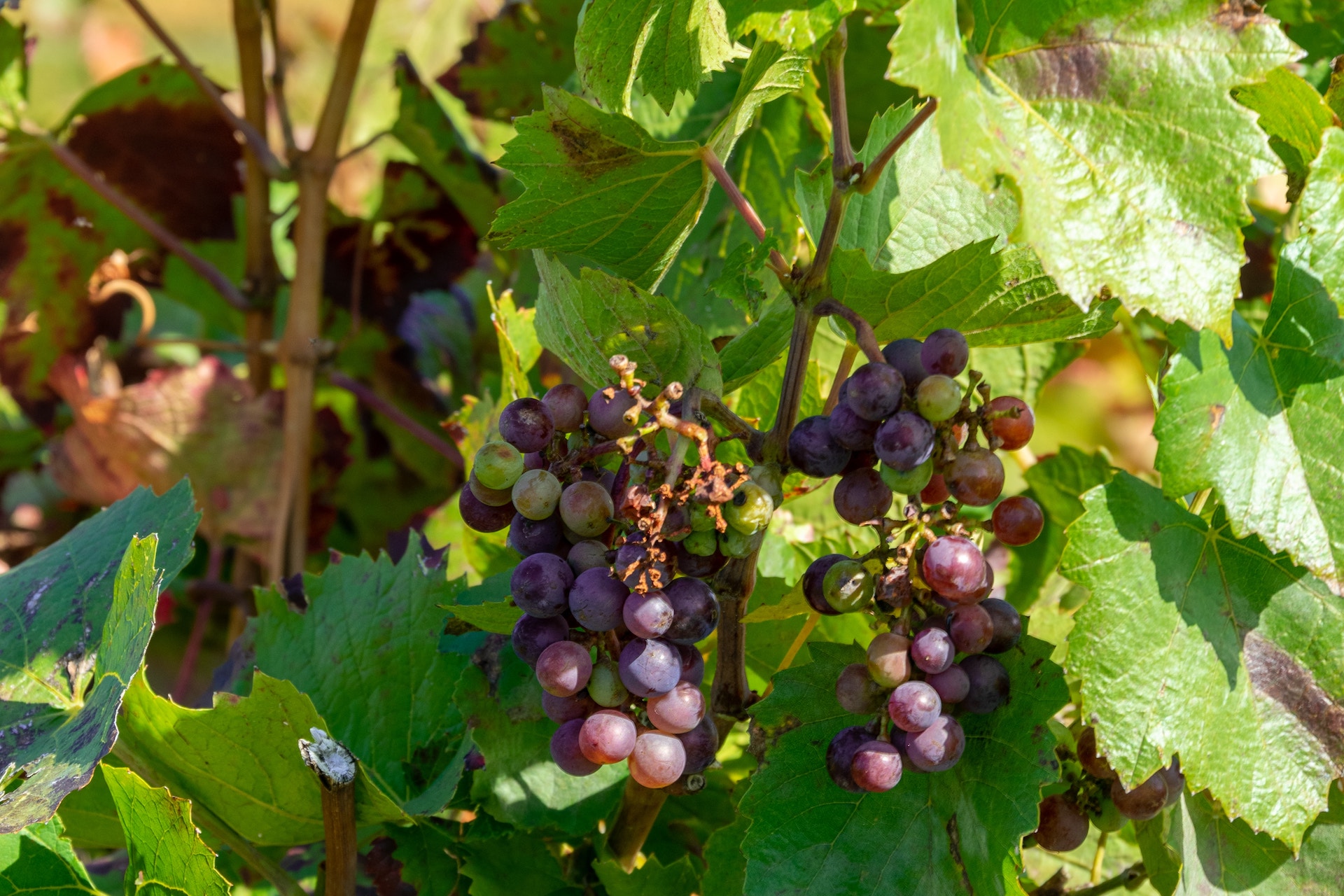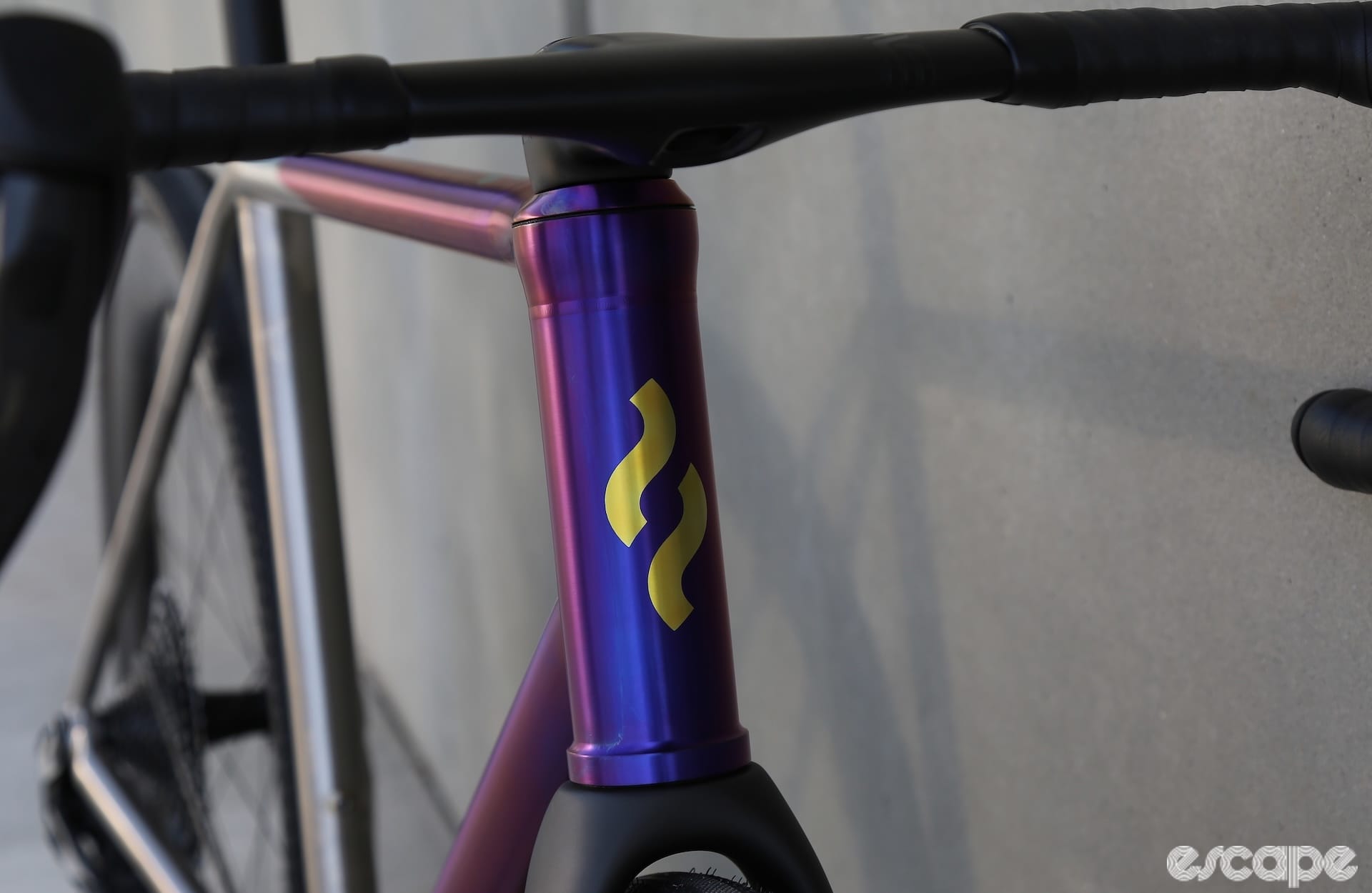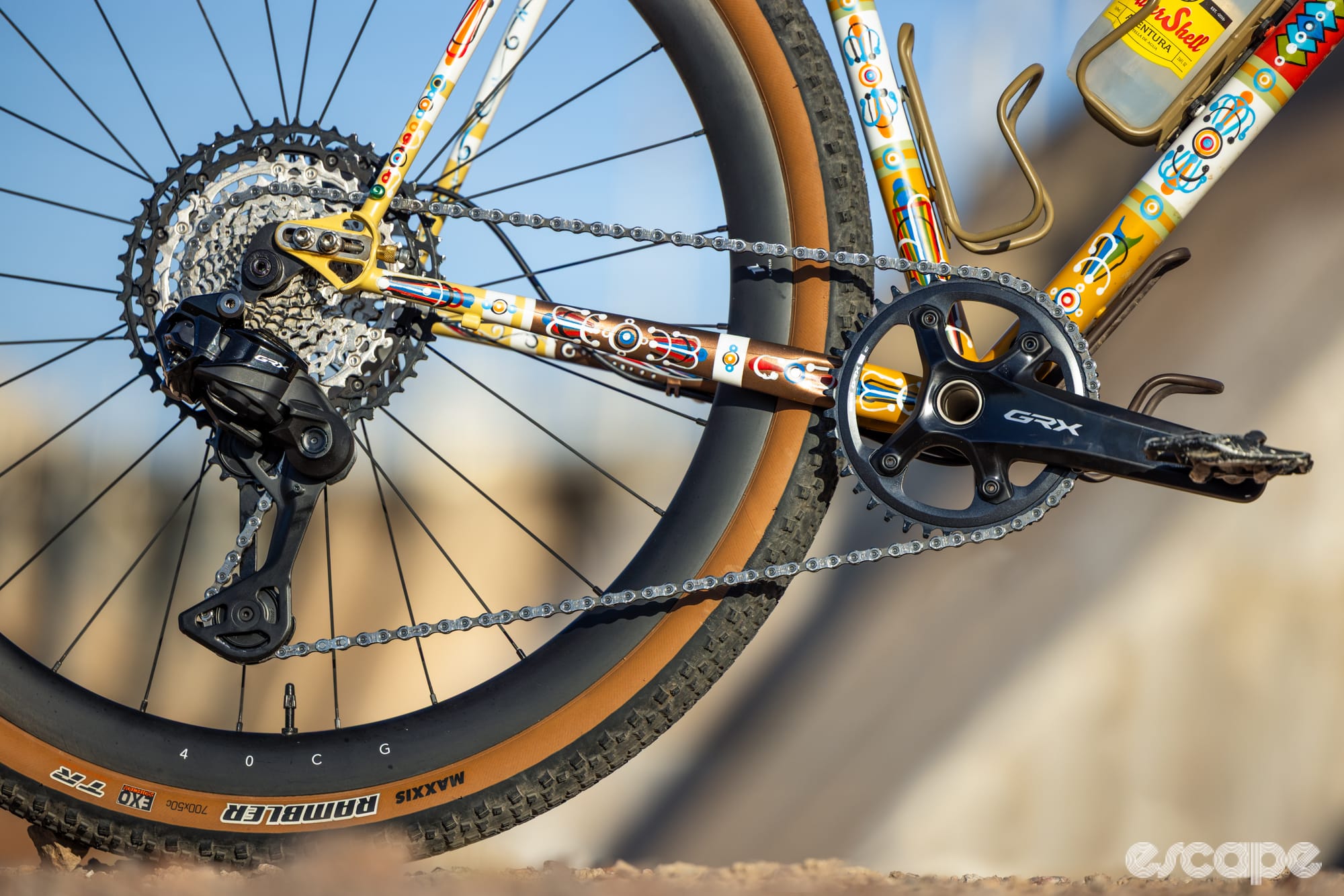Today we go to the Beaujolais. It could be an advertising slogan because advertising and hype is what the Beaujolais region does well. I even remember the hype for the Beaujolais Nouveau from when I was younger. This is from an article on the Vinepair website from 2013 and it sums it up quite nicely.
“Every year, from Thanksgiving to Christmas, one of the strongest wine-marketing campaigns takes over: Beaujolais Nouveau season. Wine shops are overtaken with Beaujolais Nouveau displays, restaurants start pouring Beaujolais Nouveau, and people start buying the wine like crazy.
"The Beaujolais Nouveau trend was started by the French wine merchant George Duboeuf, who almost single-handedly is responsible for popularizing the annual Beaujolais Nouveau phenomenon, simply as a way to sell more wine.
"All the hype would lead one, especially a wine newbie, to believe that Beaujolais Nouveau must be worthy of all this attention, and the price tag that goes along with it, but guess what? Beaujolais Nouveau actually isn’t very good.”
Beaujolais Nouveau is a wine that is bottled only six to eight weeks after grapes were picked. This is thanks to a carbonic maceration technique by Louis Pasteur. This extremely short time period leaves no time for the wine to mature. There is zero time to develop flavour and depth. In fact, the wine is so underdeveloped that it’s recommended that the bottle be drunk almost immediately after you buy it. The longer the wine sits, the worse it becomes. So don’t buy Beaujolais Nouveau bottles in spring when they are on sale.
This is really sad actually because the Beaujolais region produces good wines as well. The ones that are left to mature a lot longer and therefore are not ‘nouveau’ are actually great. It’s the marketing of the ‘nouveau’ that ruined it and a 14th-century smear campaign by the mighty house of Burgundy also didn’t help.
The Beaujolais region is located in the central-east of France, north of Lyon. Beaujolais sits just below Burgundy and above the Rhône Valley. Red Beaujolais wine is made from the gamay noir grape.
Beaujolais has a reputation as the less prestigious sibling to Burgundy, the highly regarded wine region directly to the north that is home to the pinot noir grape. This very early marketing or smear campaign around Beaujolais dates back to 1395, when Philip the Bold, the Duke of Burgundy, outlawed the cultivation of the gamay grape in Burgundy, calling it a “bad and disloyal” vine. Gamay grapes ripen earlier and are easier to farm than finicky pinot noir, and Philip believed they made for a lower-quality wine than his “elegant” pinot noir. The fact the Beaujolais was available earlier than his Burgundy has of course nothing to do with this.
Marketing has been around forever and money needs to be made. Don’t let yourself be fooled – just drink what you like.
Did we do a good job with this story?




